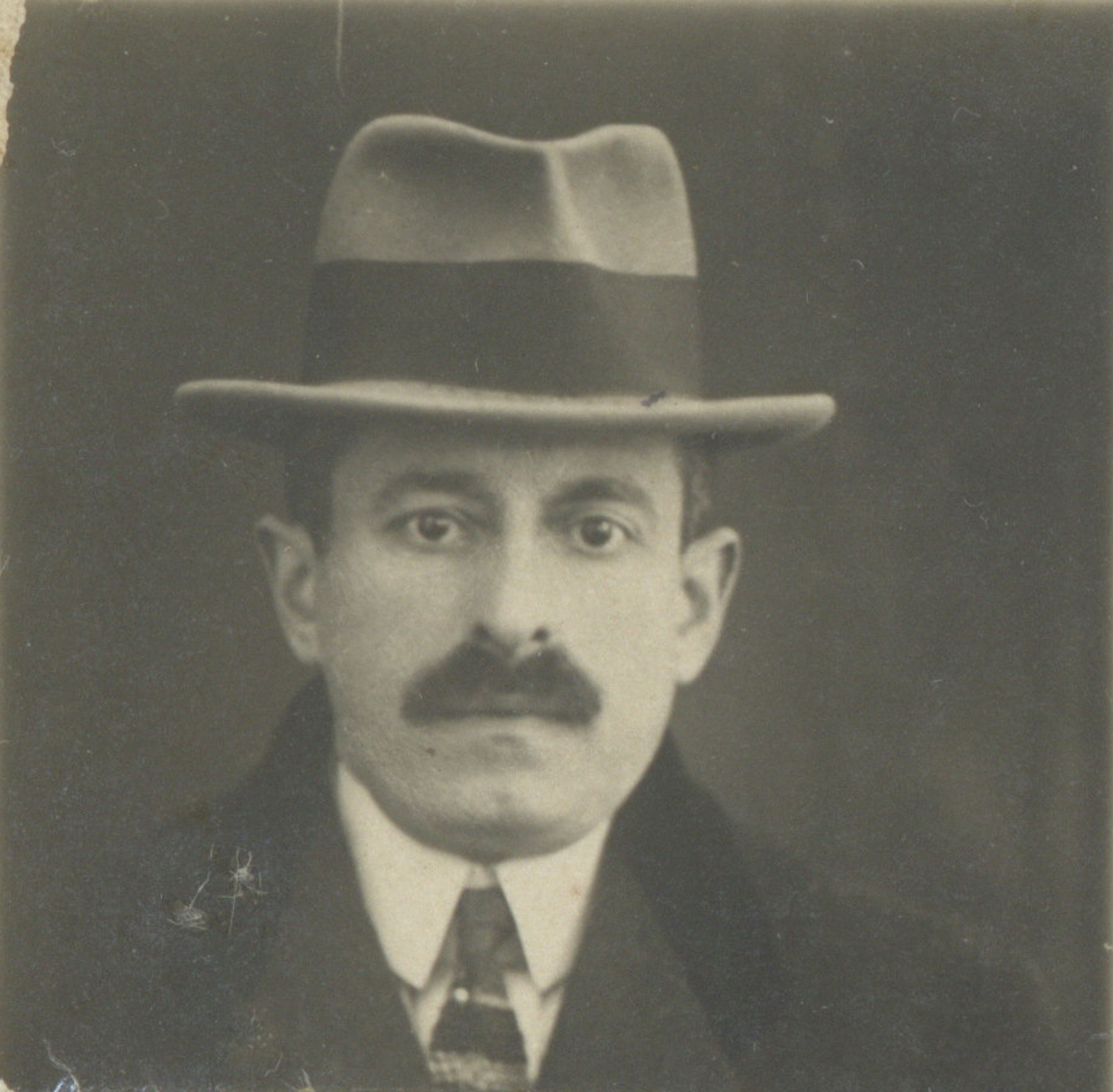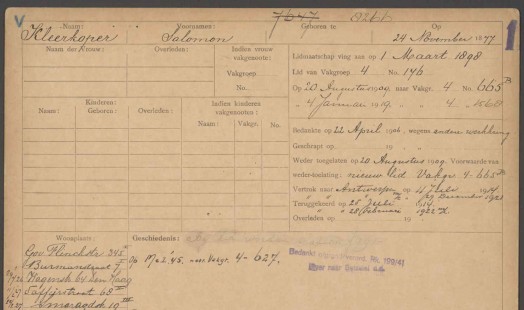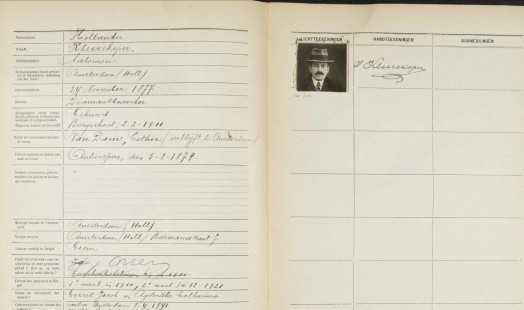Salomon Kleerekoper
01 July 2019 - 10:04
Salomon Kleerekoper was one of the few Jewish diamond workers who survived the war and resumed their old trade in 1945. Only at age 74 did Salomon retire, after a very long career in the trade and with the Union.
Salomon was born on Batavierstraat in Amsterdam in 1877. His parents were Catharina Agsteribbe and Gerrit Jacob Kleerekoper. While he was married, Gerrit worked as a blacksmith, and his son Salomon became a brilliant cutter.









